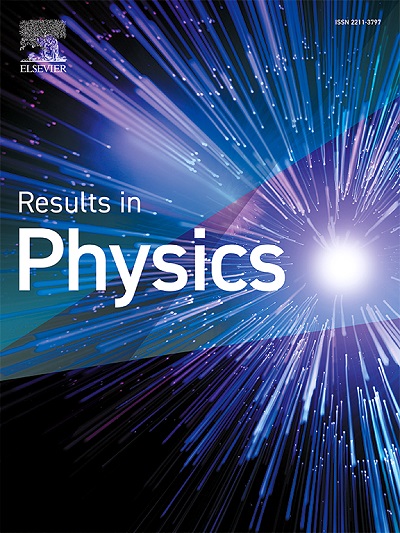基于学习的自适应重构正则化遥感图像超分辨率研究
IF 4.4
2区 物理与天体物理
Q2 MATERIALS SCIENCE, MULTIDISCIPLINARY
引用次数: 0
摘要
字典学习在遥感图像单幅超分辨率(SR)方面取得了重大突破。这些基于学习的方法大多对所有输入图像采用经验训练正则化参数和重构正则化参数。这忽略了输入低分辨率(LR)图像之间的特征差异,最终限制了SR性能。为了解决这个问题,我们提出了一种自适应重构正则化(ARR)算法。利用u曲线算法自适应求解各LR遥感图像对应的重构正则化参数,得到最优重构稀疏系数。为了增强边缘和角落,在特征提取后分别重建高频斑块。最终的SR图像由高频部分和双三次上尺度部分叠加得到。实验结果表明,与现有的几种方法相比,我们提出的ARR方法可以在恢复的SR图像中获得更清晰的边缘和更清晰的纹理,显示出更好的SR性能。本文章由计算机程序翻译,如有差异,请以英文原文为准。
Learning-based super-resolution for remote sensing images via adaptive reconstruction regularization
Dictionary learning has made a great breakthrough in single image super-resolution (SR) for remote sensing images. Most of these learning-based methods adopt the empirical training regularized parameter and reconstruction regularized parameter for all input images. This ignores the feature differences among the input low-resolution (LR) images and finally limits the SR performance. To address this problem, we propose an adaptive reconstruction regularization (ARR) algorithm. The reconstruction regularized parameter is adaptively solved by the U-curve algorithm corresponding to each LR remote sensing image, leading to the optimal reconstruction sparse coefficients. To enhance the edges and corners, the high-frequency patches are separately reconstructed after feature extraction. The final SR image is obtained by the superposition of the high-frequency part and the Bicubic up-scaling part. According to the experimental results, our proposed ARR can obtain sharper edges and crispier textures in the recovered SR images than several state-of-the-art methods, demonstrating superior SR performances.
求助全文
通过发布文献求助,成功后即可免费获取论文全文。
去求助
来源期刊

Results in Physics
MATERIALS SCIENCE, MULTIDISCIPLINARYPHYSIC-PHYSICS, MULTIDISCIPLINARY
CiteScore
8.70
自引率
9.40%
发文量
754
审稿时长
50 days
期刊介绍:
Results in Physics is an open access journal offering authors the opportunity to publish in all fundamental and interdisciplinary areas of physics, materials science, and applied physics. Papers of a theoretical, computational, and experimental nature are all welcome. Results in Physics accepts papers that are scientifically sound, technically correct and provide valuable new knowledge to the physics community. Topics such as three-dimensional flow and magnetohydrodynamics are not within the scope of Results in Physics.
Results in Physics welcomes three types of papers:
1. Full research papers
2. Microarticles: very short papers, no longer than two pages. They may consist of a single, but well-described piece of information, such as:
- Data and/or a plot plus a description
- Description of a new method or instrumentation
- Negative results
- Concept or design study
3. Letters to the Editor: Letters discussing a recent article published in Results in Physics are welcome. These are objective, constructive, or educational critiques of papers published in Results in Physics. Accepted letters will be sent to the author of the original paper for a response. Each letter and response is published together. Letters should be received within 8 weeks of the article''s publication. They should not exceed 750 words of text and 10 references.
 求助内容:
求助内容: 应助结果提醒方式:
应助结果提醒方式:


